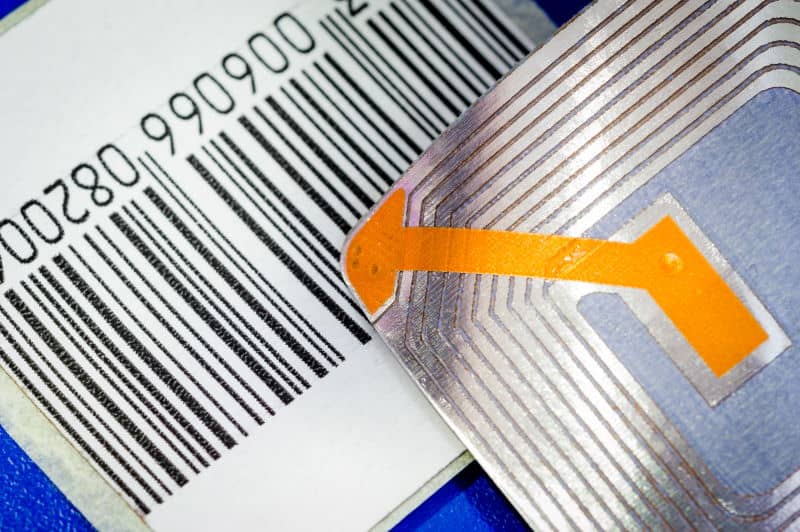Over the past few years, the tech industry has introduced countless new technologies to the world. Artificial intelligence, virtual reality, and augmented reality are just a few examples.
Those innovations, although still in development, have brought considerable contributions to various industries. Take, for example, artificial intelligence and how it has made great strides in the business industry, particularly when it comes to software development. But recently, there’s another technology that's been getting a lot of attention, and that’s RFID.
What Is RFID?
Radio frequency identification, also known as RFID, involves a reader that identifies tags and pulls the data from these tags using radio frequency. It's pretty similar to barcodes and quick response (QR) scanners, except instead of placing the code against the scanner, the system can scan the code and fetch the information you want to get from that particular tag, regardless of positioning.
For example, if you want to scan the tag of a sports drink to get its price, you only need to set up the system, and it'll automatically fetch information on that particular product. Electrical labels, paired with RFID technology, offer a seamless and efficient way to track and manage assets, eliminating the need for manual scanning. Hence, one may argue that RFIDs are superior to traditional scanners due to their convenience.
But while these systems are indeed superior to barcode and other types of scanners, the programming behind RFIDs is fairly complex and may take some time to learn. And for that reason, people who intend to make use of the technology often develop an RFID implementation plan before starting their project. But not everyone can afford to engage in such a venture.
For simplicity's sake, you only need to remember that RFID programming consists of two modules, namely tag association and tag reading. You might want to start with tag association.
RFID Programming: Write And Associate Tags
RFID is a technology with two capabilities. One, it can associate virtually any object with a unique tag. And two, it can identify that unique tag through the transmission of radio waves.
If you check the App Store on an Apple device, you'll find a few apps that already do this. Naturally, an RFID would be meaningless if you can't program the system to write and associate tags on objects.
So how do you program a radio frequency identification system to write and associate tags? Although there are several ways to go about it, the following steps should be adequate:
Prepare Everything You Need
As always, you must first set up everything you need to give the system the ability to write tags. This includes an Arduino integrated circuit, a sensor, a breadboard, and a cable. You should also have a computer with Arduino software installed.
Connect The Sensor To The Computer
Next, you must connect the sensor, preferably an MFRC522, to the computer. This is to prepare for the next step, which would be the actual RFID programming.
Upload The Code To The Arduino Circuit
With the sensor, computer, and Arduino circuit connected, upload the code to the Arduino board. You can create your own code, but you may also use an existing code and make the necessary changes. Either way, with the code installed, you can write as many tags for as many objects as you want.
With these steps, the system should be able to write and associate tags on any object you want.
RFID Programming: Read And Identify Tags
In order for the RFID to actually identify the associated tags, you must build an application that reads tags and displays them in the database or console.
You can build this application in any way you want and in any programming language you prefer, although it's advisable to use C languages. Most experts use Visual Studio as their integrated development environment (IDE) for RFID programming, so you may want to follow that trend as well.
If you don't have much experience in this regard, you may want to use a software development kit designed explicitly for RFIDs to make things easier for you.
Wrapping Up
The concept of RFID technology has been around since 1946, but it’s only now that the tech industry is booming that people have gotten to learn more about this innovation, and it's no coincidence.
That's because in the past, the necessities for RFID programming were typically very costly, so not everyone could make use of the technology. However, today, even an independent programmer such as yourself can afford to program your own RFID application and buy the necessary hardware. Plus, this guide should make things a lot easier, especially if you're a beginner.






